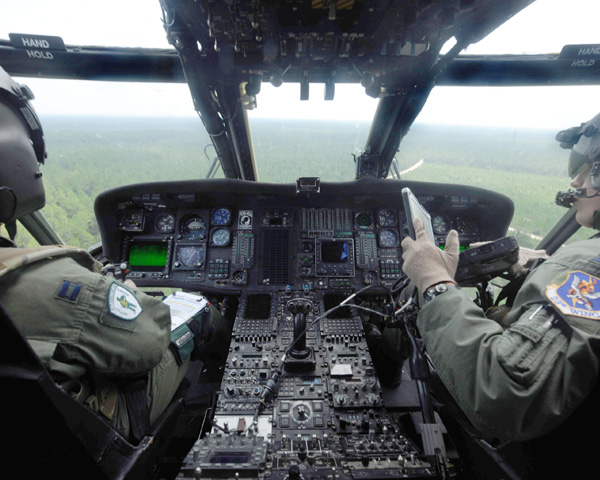Over the past few year, mobile app economy has seen a growing demand for education apps. Developers are creating more and more products like these best educational apps for kids. The advancements in AI and ML are redefining education by automating education roles such as those of teachers. The classroom interaction is now being refurbished by AR/VR technology.
Such advancements make it necessary for educational institutions, teachers, and parents to forsake the traditional educational methods and adapt to the new philosophical shift. Let us look deeper into this philosophical shift and analyze how technology is shaping the future of education
At present, there are several technology programs that are replacing the traditional educational methods with a more technology-centered one. Tablets like Google’s Chromebook are not only cost-efficient but also offer access to a range of Google’s educational software. Maths is no longer the most difficult subject with software programs such as DreamBox, Zearn, and ST Math. In the area of language arts, programs like No Red Ink, Achieve 3000, and Newsela is introducing a new way for students to understand reading and writing more comprehensively. And, to monitor the progress of students, the educators can use software programs like Quizlet.
By analysis the functioning model of these software programs and their impact on students, one can infer certain commonalities found in this student-software interaction.
- Personalized learning experience: Unlike the 90s kid who was just another roll call in the class, technology allows teachers to assess and train the kid based on his/her unique learning style. DreamBox, a math education software, for example, tailors the learning rhythm according to each student’s learning speed. Several classrooms are now turning in to small groups consisting of students with similar needs and learning speed.
- Education revamped for the trending needs: A kid in today’s era is living in a world of technology boasting of AI and bots. Naturally, the education given to this kid can no longer be based on old classroom models. The educators need to re-determine the learning models students need in order to thrive in the workforce where their co-workers can be robots.
- Teaching students how to learn instead of what to learn: Today’s students are not in a dearth of information. They can access information on any topic with a quick google search. In such a scenario, educators have to instead teach them how to process and assess this information. Guided by the goal to empower their brain with the right information and how to critically assess a situation.
- Technology won’t side-track a teacher’s importance, instead, it augments it. Despite having brought revolutionary changes, Technology is really just the means to an end. With more data available to track each classroom’s progress, educators can focus on the areas where their classrooms need the most help.
- AI emerging as an alternative to a human tutor has made one-to-one tutoring increasingly possible. The U.S. Navy, for example, has introduced an AI-based tutoring system called Education Dominance into an entry-level IT school in Pensacola. The Navy reported that students who learned with the digital tutor consistently tested higher than students who had not.
Despite these advancements, one cannot determine the exact impact Technology will have on education. Indeed, it can do wonders, when paired with interpersonal relationships, thoughtful educators, and deliberate programs. Yet, the real impact of these lessons on a student depends on how the educator delivers the lesson.
About The Author: Writing comes to Neha as a passion that she is pursuing as a career. Being the senior technical writer at MobileAppDaily, she loves jotting down the ideas about the latest technology to offer insightful information to the readers about everything that breaks the internet.






